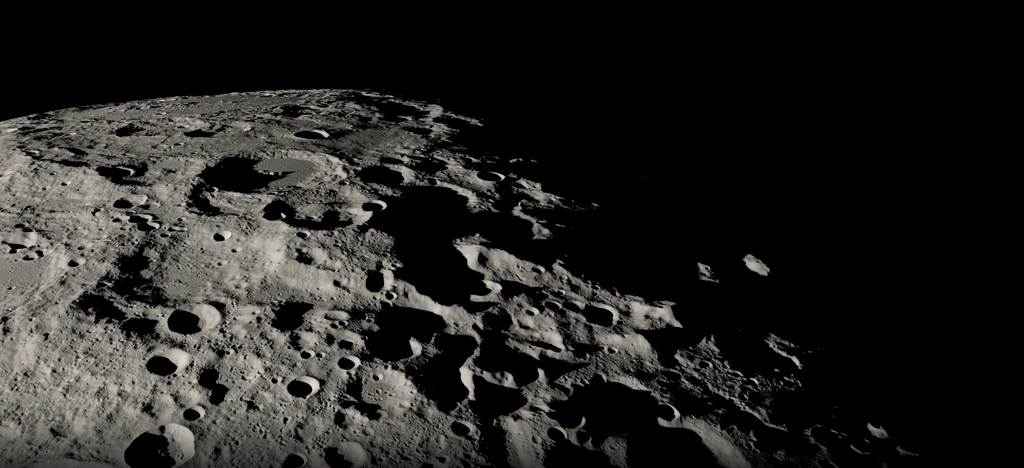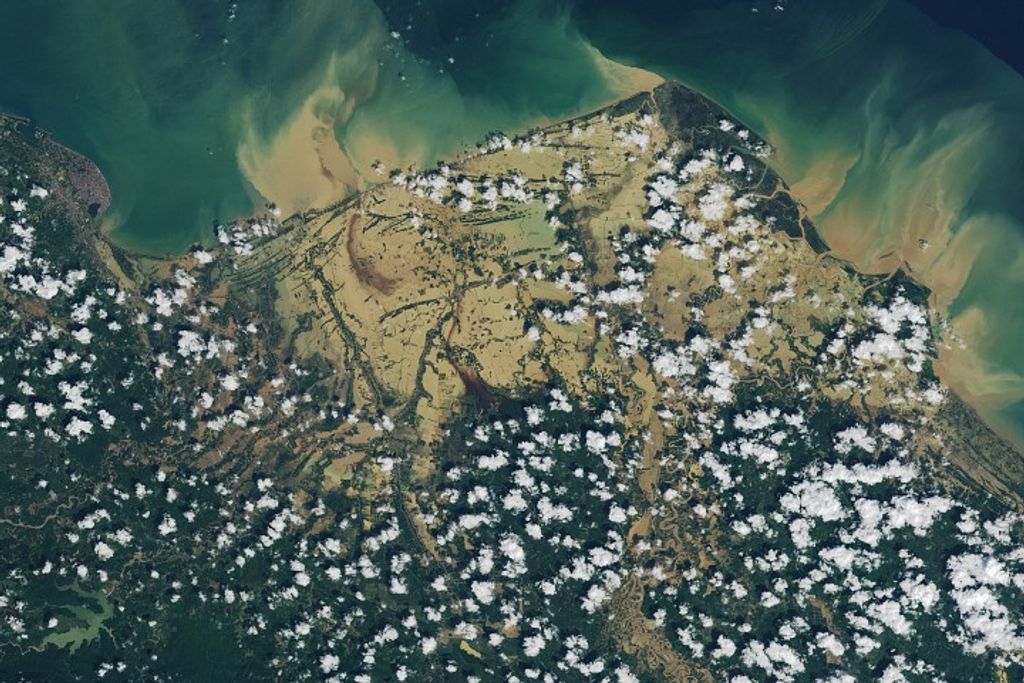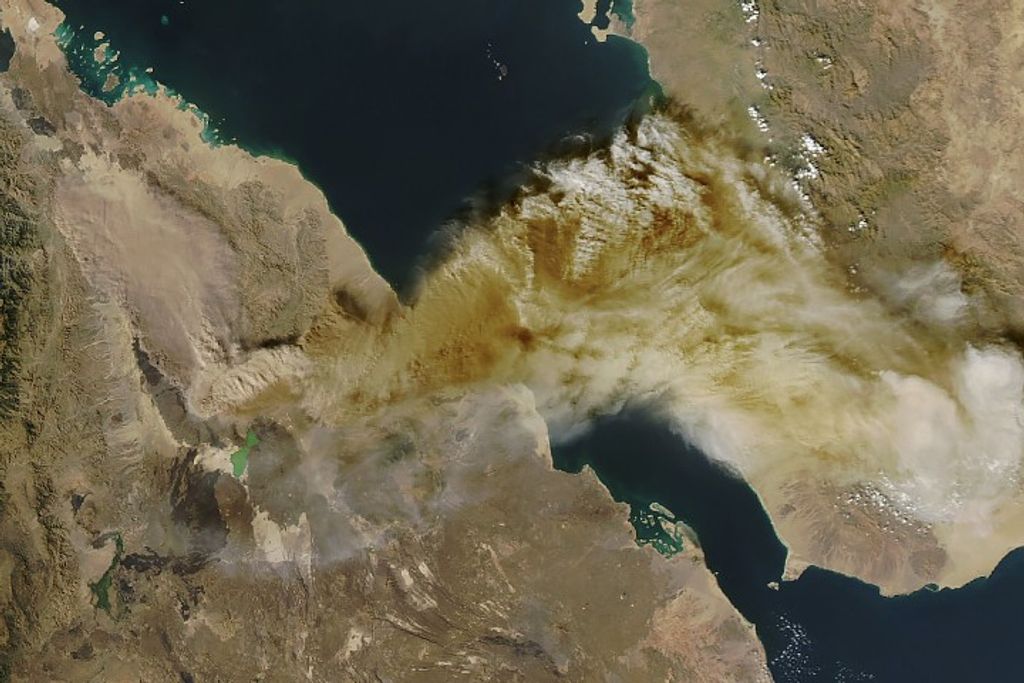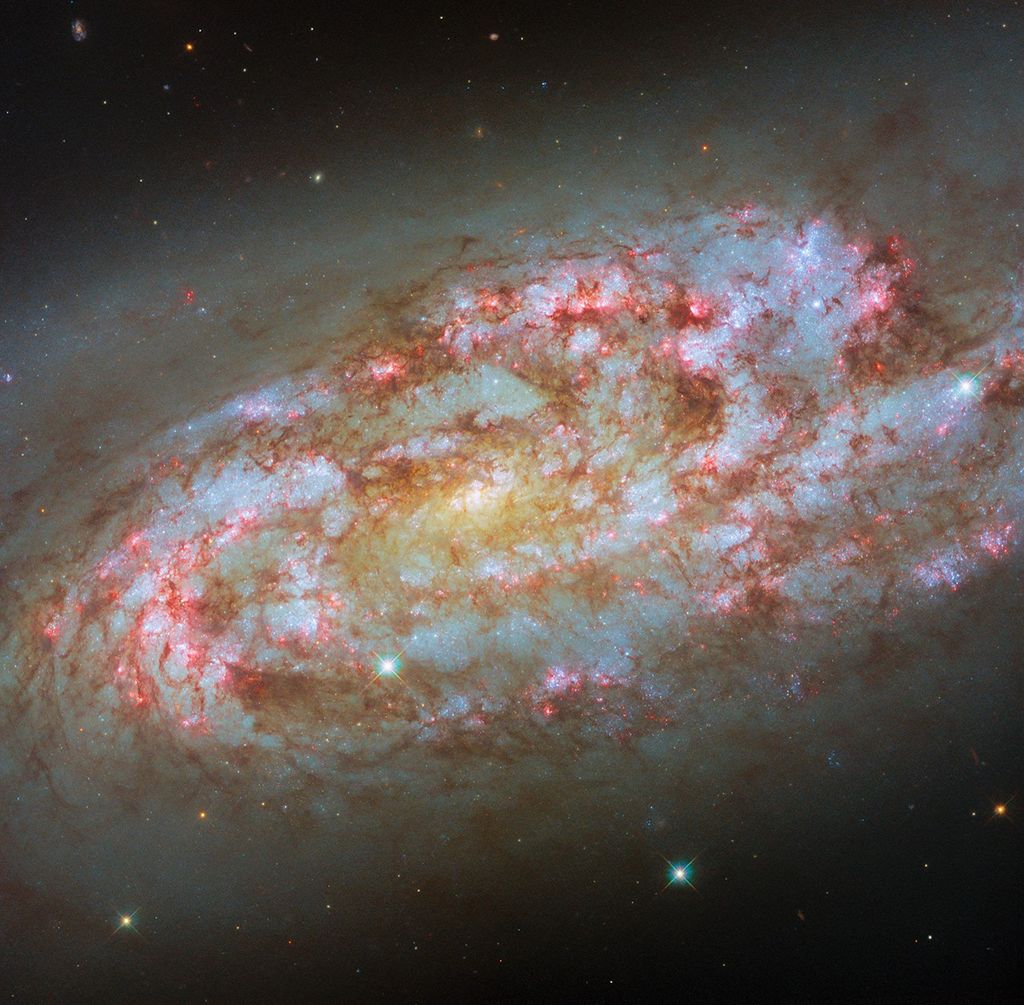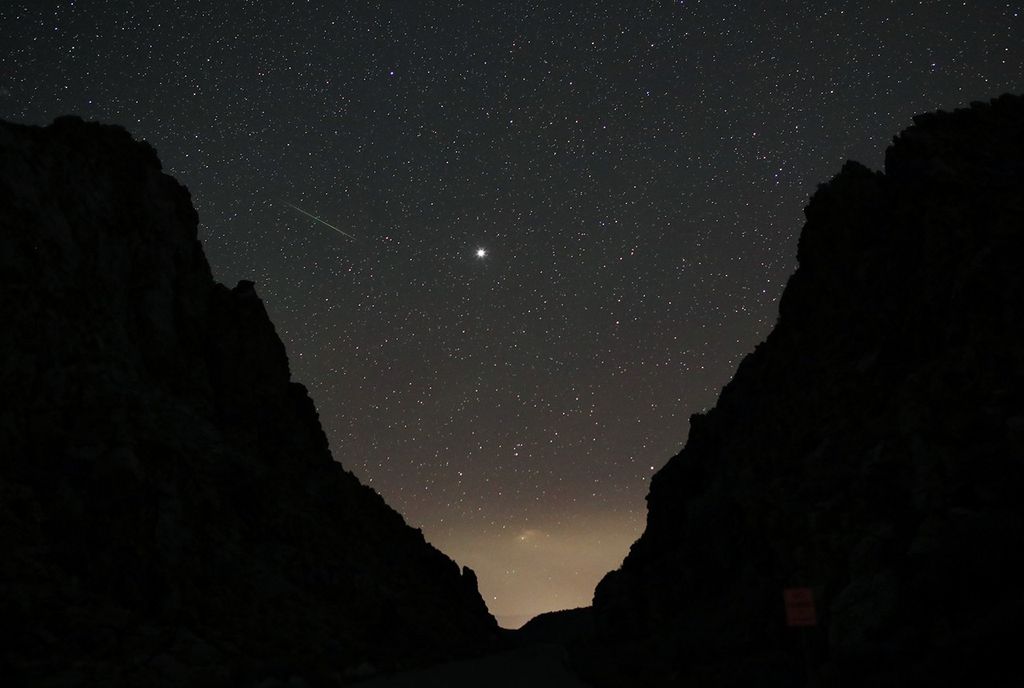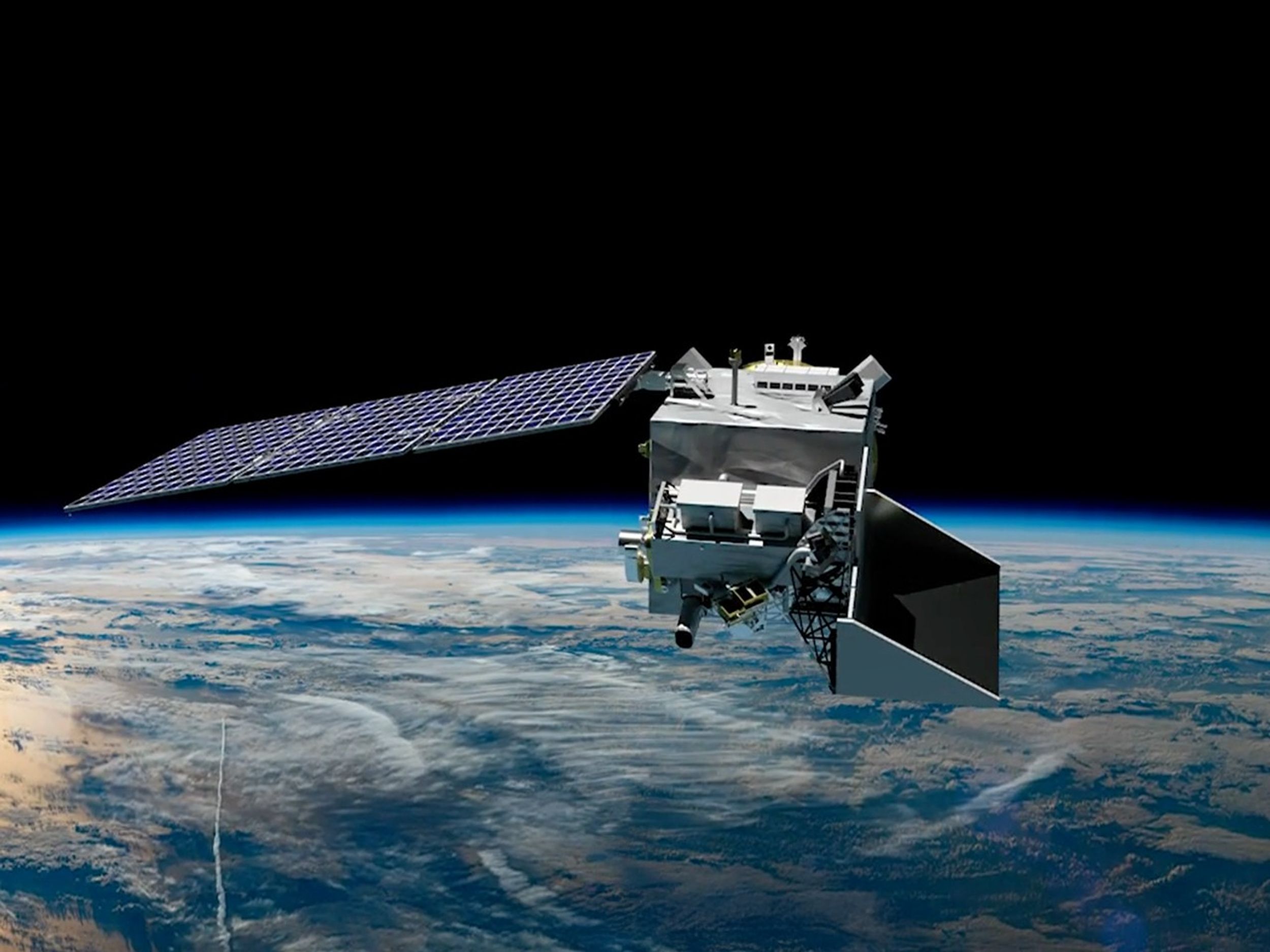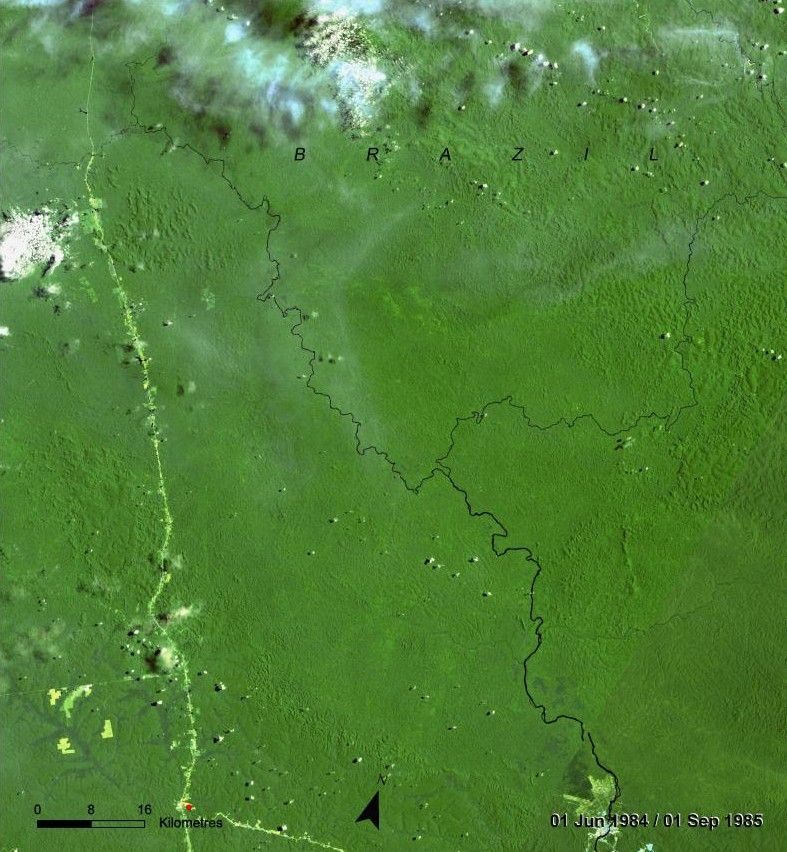
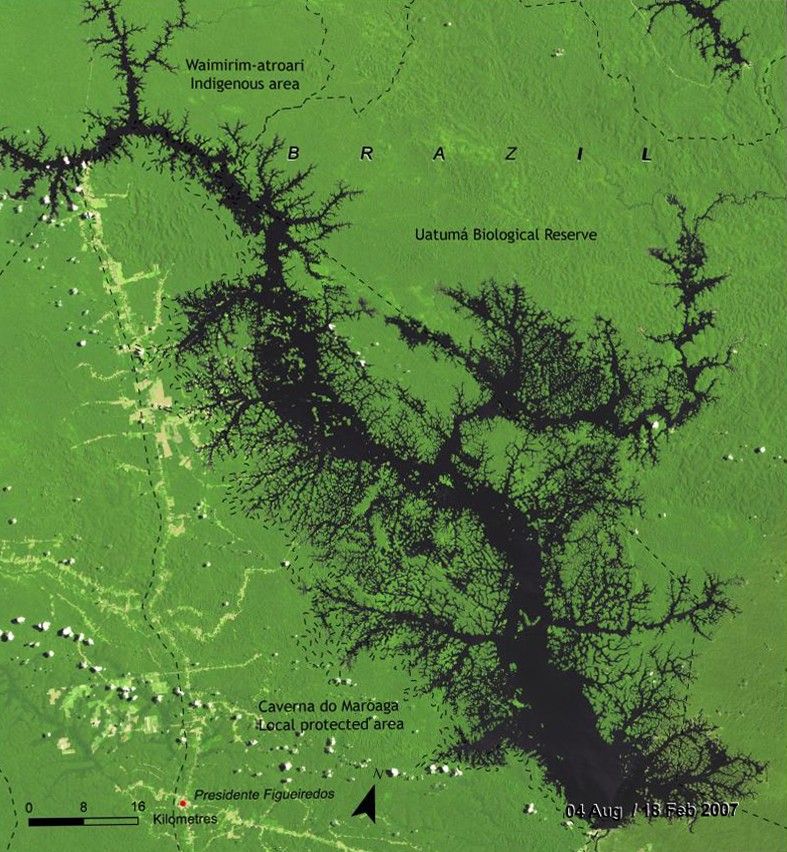
Before and After
Balbina Dam impact, Brazil
June 1, 1984 / September 1, 1985 - February 18 / August 4, 2007
The Balbina hydroelectric plant, on the Uatumâ River in Amazon State, occupies about a third of the Waimiri-Atroari indigenous territory. The dam's reservoir covers 2,360 square kilometers (911 square miles). More than 100,000 million metric tons of vegetation were flooded to build the dam. It was designed to produce up to 250 megawatts to supply the energy demand of the city of Manaus, but a study shows that it generates less than half that amount. Source: United Nations Environment Programme (UNEP). From Latin America and the Caribbean Atlas of our Changing Environment (2010).






